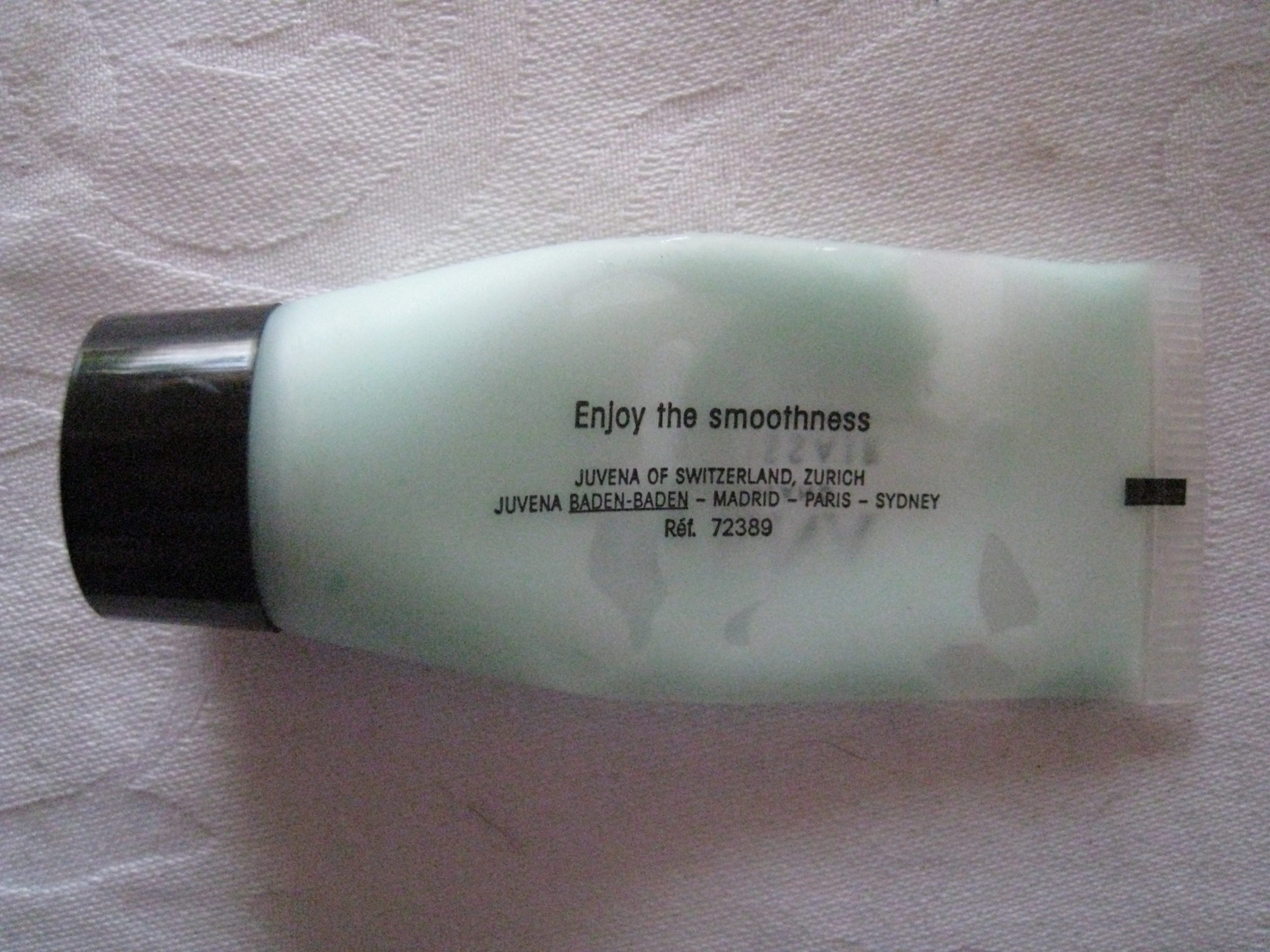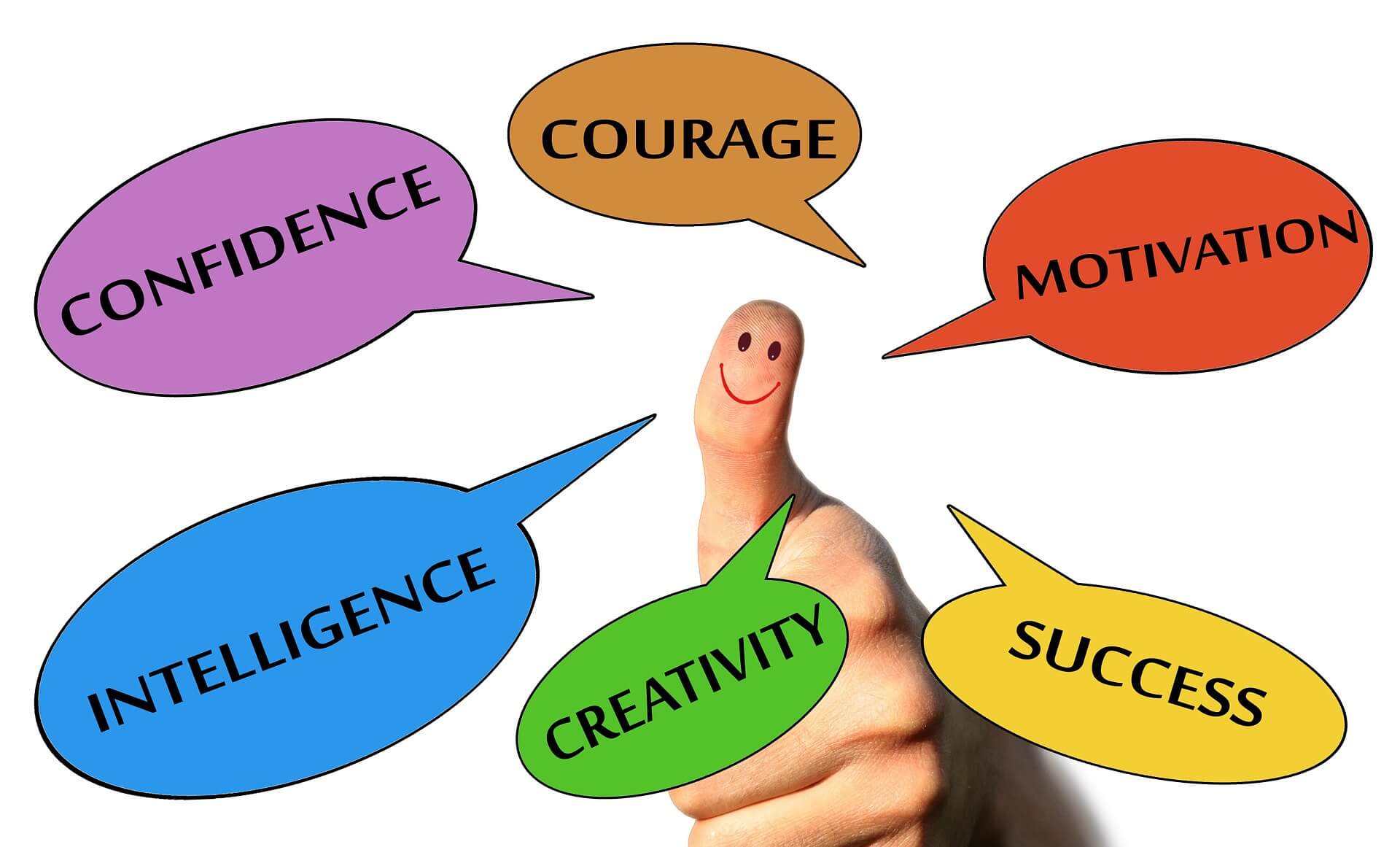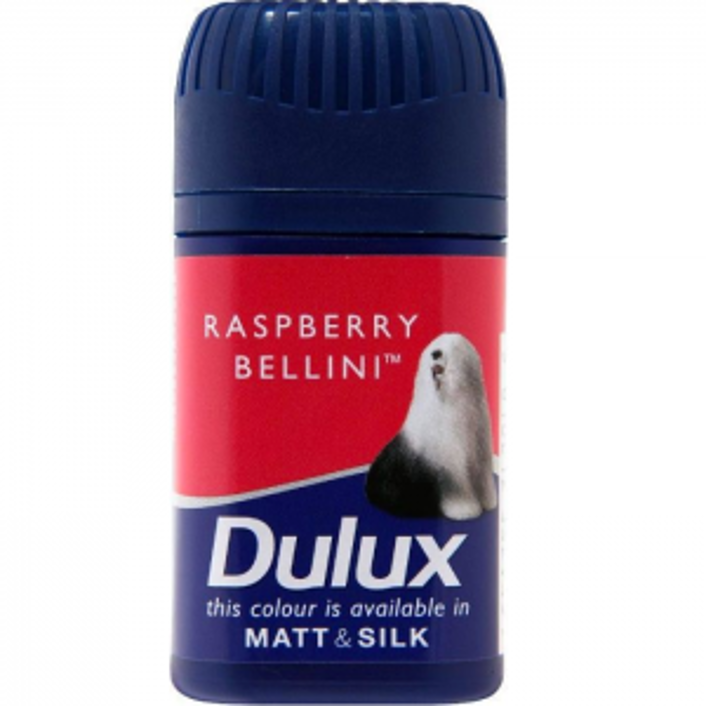Brand building for SMEs is a complex journey. As an SME owner, CEO, or CMO, you may often be overwhelmed by the challenges of establishing and maintaining a strong brand presence.
In this article, we’ll explore ten common frustrations of brand building for SME leaders and provide solutions and inspiring real-world examples of overcoming them.
1. Inconsistent Brand Messaging
Consistency is key to building a strong brand for every company, but achieving it can be a significant hurdle. Inconsistent messaging across various channels can dilute your brand’s identity and confuse your audience. This inconsistency often stems from a lack of clear guidelines and miscommunication among team members. Unfortunately, these are common problems for brand building in SMEs.
Solution: Develop comprehensive brand guidelines that detail your brand’s voice, tone, visual style, and key messages. Ensure that all team members, from marketing to customer service, are trained and aligned with these guidelines. Regularly audit your content across different platforms to help maintain consistency and make necessary adjustments when needed.
Example: Beardbrand, an SME focused on beard grooming products, maintains consistent brand messaging through detailed brand guidelines and a strong, unified voice across all platforms. Their commitment to consistency has helped them build a loyal customer base and grow their brand significantly.
2. Limited Marketing Budget
Many SMEs operate with tight budgets, making allocating sufficient funds for branding activities a real challenge. This financial constraint can hinder your ability to invest in high-quality content, advertising, and innovative marketing strategies.
Solution: Focus on cost-effective branding strategies that provide high returns. Leverage social media platforms, which offer affordable advertising options and can help you reach a broader audience. Collaborate with influencers and use content marketing to share valuable information that establishes your brand authority. Remember, creativity often trumps budget when it comes to effective branding.
Example: Hiut Denim Co., a small UK-based jeans manufacturer, used storytelling and social media to build its brand without a large marketing budget. By focusing on the quality of its product and the story behind its brand, it attracted a dedicated following and increased its sales.
3. Difficulty Measuring ROI on Branding Initiatives
Conclusion
Brand building for SMEs and larger companies is an ongoing process that involves overcoming various challenges. Addressing these frustrations head-on can significantly enhance your brand’s presence and impact as an SME owner, CEO, or CMO. By implementing the solutions outlined above, you can navigate the complexities of brand building more effectively and set your business on a path to sustained success.
If you are looking for expert guidance to overcome these challenges and elevate your brand, consider partnering with a consultancy specialising in SME branding strategies. With the right support, you can confidently transform your frustrations into opportunities and achieve your branding goals.




 Juvena of Switzerland: The short message to “Enjoy the smoothness” on the back of the Juvena hand cream sample tube, makes the experience both …
Juvena of Switzerland: The short message to “Enjoy the smoothness” on the back of the Juvena hand cream sample tube, makes the experience both … 




 The first “P” stands for people and often this is taken to be “Do you know to whom you are selling?” The answer is always yes and that’s accepted as sufficient.
The first “P” stands for people and often this is taken to be “Do you know to whom you are selling?” The answer is always yes and that’s accepted as sufficient.